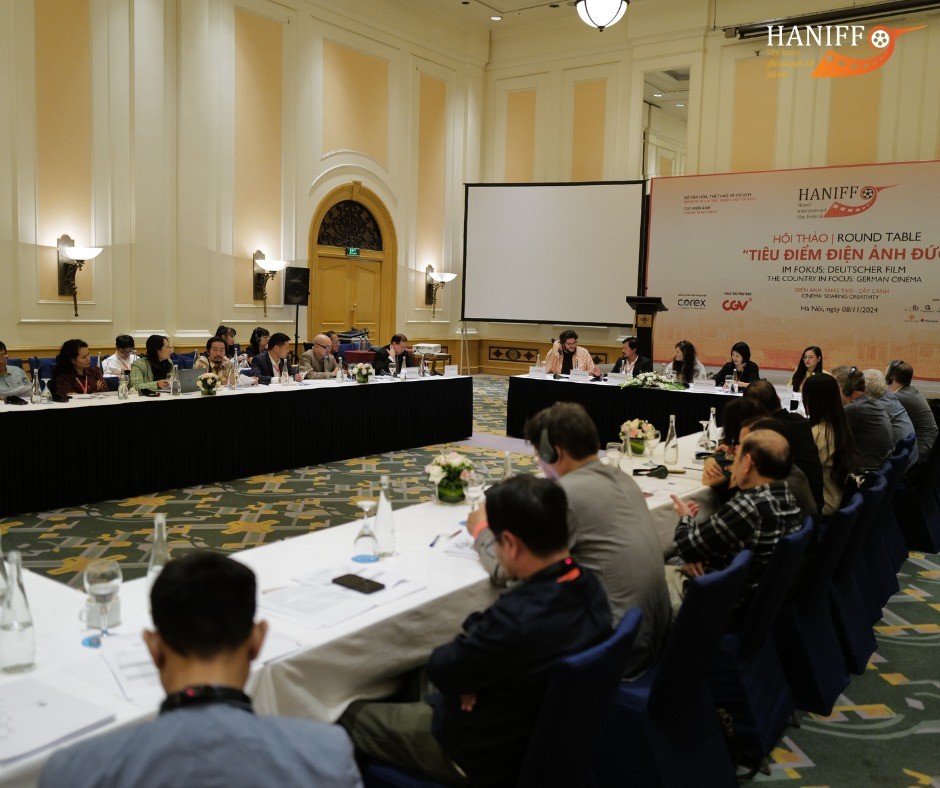Biography of Klaus Hasselmann: Early Life, Career, Awards and Achievement
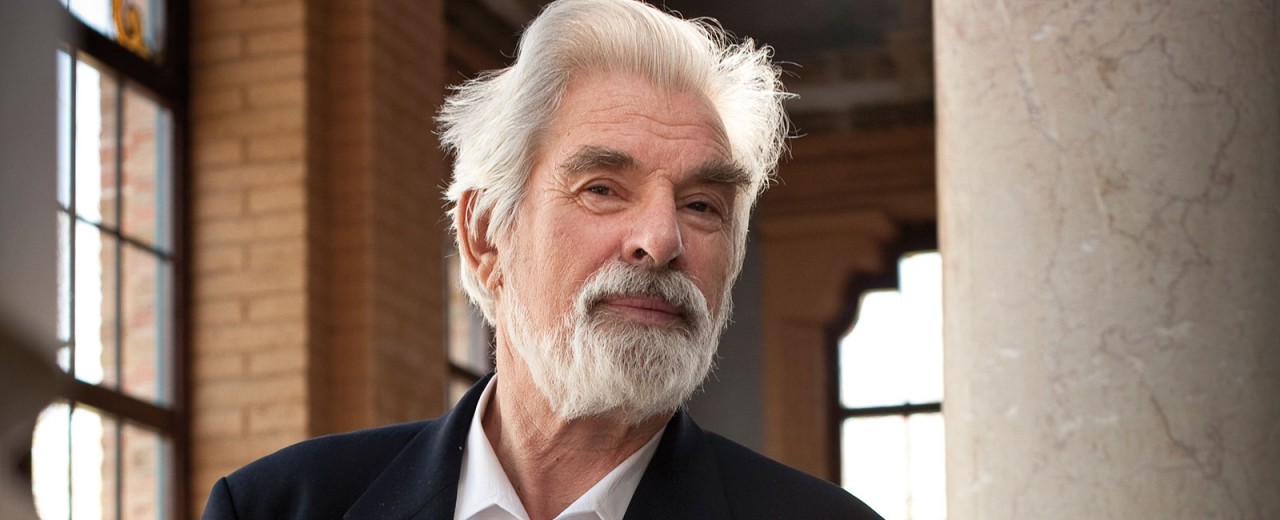 |
| frontiers of knowledge awards |
Who is Klaus Hasselmann – Biography
Klaus Hasselmann (born 25 October 1931 in Hamburg) is a leading German oceanographer and climate modeller. He is probably best known for developing the Hasselmann model of climate variability, where a system with a long memory (the ocean) integrates stochastic forcing, thereby transforming a white-noise signal into a red-noise one, thus explaining (without special assumptions) the ubiquitous red-noise signals seen in the climate.
Klaus Hasselmann – Early Life
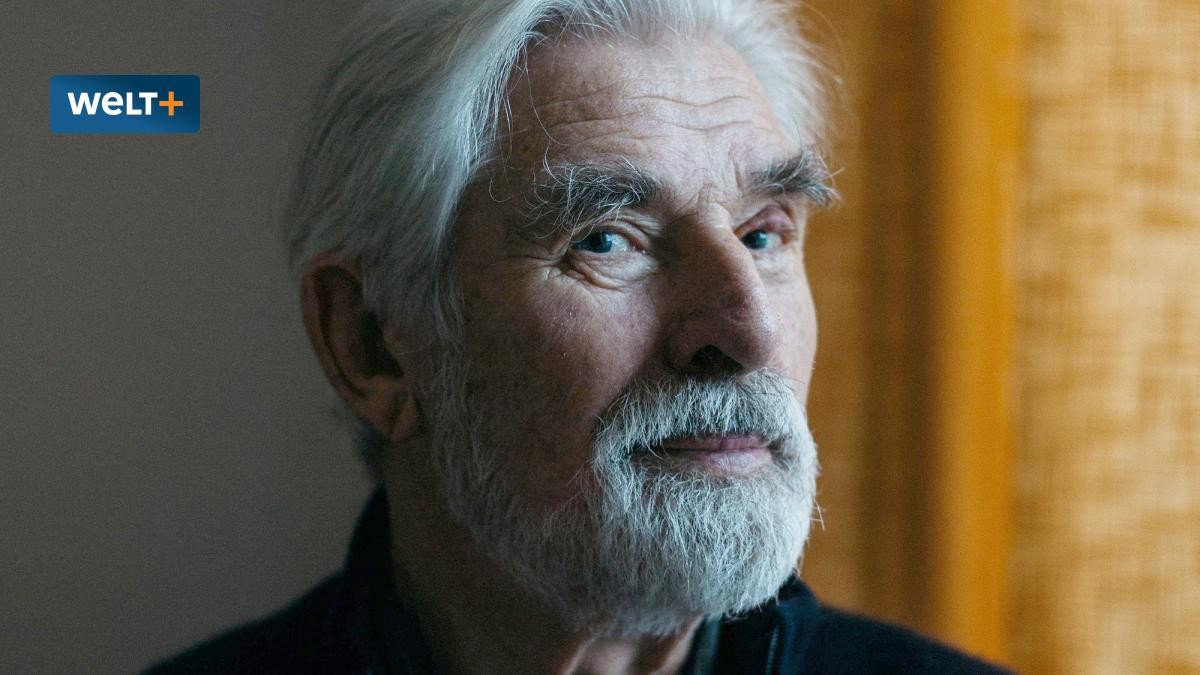 |
| Teller Report |
Hasselmann was born in Hamburg, Germany (Weimar Republic). His father Erwin Hasselmann was an economist, journalist and publisher, who was politically active for the Social Democratic Party of Germany (SPD) from the 1920s. Due to his father's activity in the SPD, the family emigrated to the United Kingdom in mid 1934 at the beginning of the Nazi era to escape the repressive regime and persecution of social democrats, and Klaus Hasselmann grew up in the U.K. from age two. They lived in Welwyn Garden City north of London and his father worked as a journalist in the U.K. Although the Hasselmanns themselves were not Jewish, they lived in a close-knit community of mostly Jewish German emigrants, and received assistance from the English Quakers when they arrived in the country. Klaus Hasselmann attended Elementary and Grammar School in Welwyn Garden City, and passed his A-levels (Cambridge Higher School Certificate) in 1949. Hasselmann has said that "I felt very happy in England" and that English is his first language. His parents returned to Hamburg in 1948, but Klaus remained in England to finish his A-levels. In August 1949, at the age of nearly eighteen, he followed his parents to Hamburg in the then divided Germany in order to attend higher education. After attending a practical course in mechanical engineering from 1949 to 1950, he enrolled at the University of Hamburg in 1950 to study physics and mathematics.
Klaus Hasselmann – Career
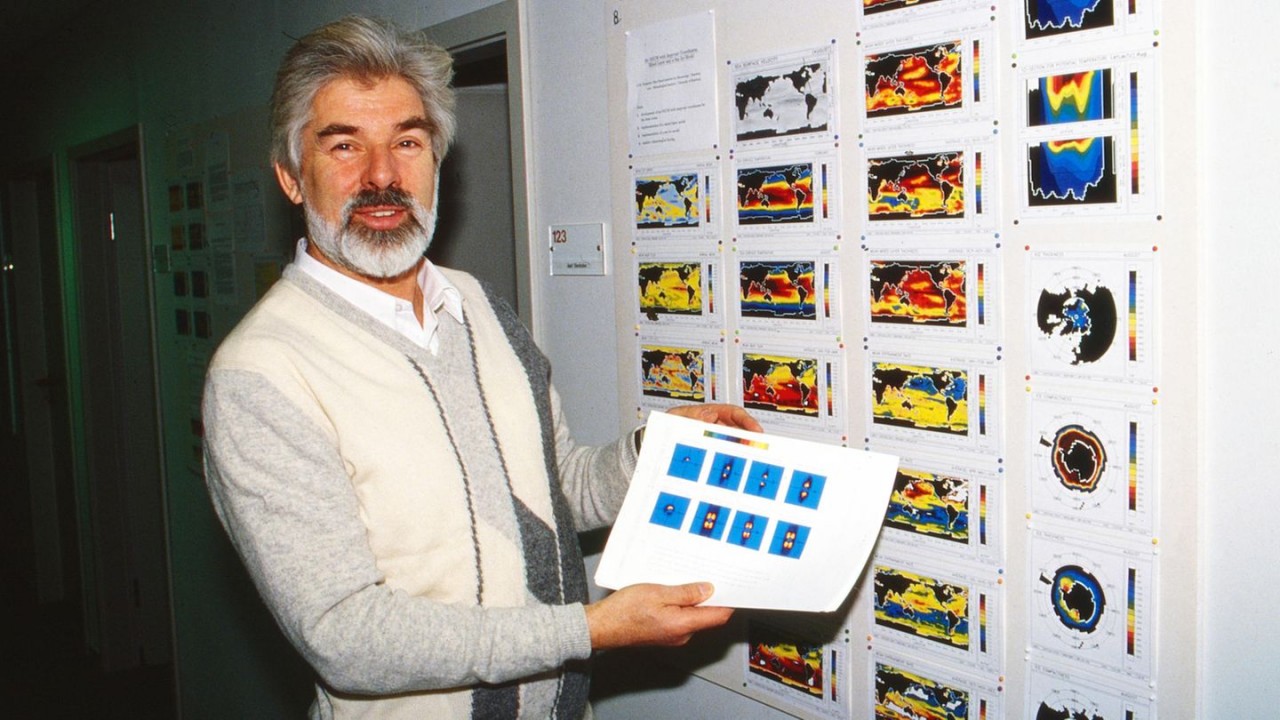 |
| Archytele |
1955, University of Hamburg, Physics and Mathematics, Diplom. Thesis: Isotropic Turbulence.
1957, University of Göttingen and Max Planck Institute of Fluid Dynamics, PhD Physics.
1964–1975, University of Hamburg, ending as Full Professor for Theoretical Geophysics and Managing Director, Institute of Geophysics at the University of Hamburg.
From February 1975 to November 1999, Hasselmann was Founding Director of the Max Planck Institute of Meteorology, Hamburg. Between January 1988 and November 1999 he was Scientific Director at the German Climate Computing Centre (DKRZ, Deutsches Klimarechenzentrum), Hamburg. Currently he is Vice-Chairman of the European Climate Forum. The European Climate Forum has been founded in September 2001 by Prof. Carlo Jaeger and Prof. Klaus Hasselmann.
Hasselmann has published papers on climate dynamics, stochastic processes, ocean waves, remote sensing, and integrated assessment studies.
His reputation in oceanography was primarily founded on a set of papers on non-linear interactions in ocean waves. In these he adapted Feynman diagram formalism to classical random wave fields. He later discovered plasma physicists were applying similar techniques to plasma waves, and that he had rediscovered some results of Rudolf Peierls explaining the diffusion of heat in solids by non-linear phonon interactions. This led him to review the field of plasma physics, rekindling an earlier interest in Quantum Field Theory.
"It was really an eye-opener to realize how specialized we are in our fields, and that we need to know much more about what was going on in other fields. Through this experience I became interested in particle physics and quantum field theory. So I entered quantum field theory through the back door, through working with real wave fields rather than with particles."
Hasselmann has won a number of awards over his career. He received the 2009 BBVA Foundation Frontiers of Knowledge Award in Climate Change; in January 1971 the Sverdrup Medal of the American Meteorological Society; in May 1997 he was awarded the Symons Memorial Medal of the Royal Meteorological Society; in April 2002 he was awarded the Vilhelm Bjerknes Medal of the European Geophysical Society.
FUNDAMENTAL PHYSICS RESEARCH
In 1966, following his review of plasma physics, Hasselmann ventured into fundamental theoretical physics, finally publishing in 1996 what he calls the metron model, which he describes as possibly laying the foundation for a unified deterministic theory of fields and particles. He proposes that, unlike in quantum field theory, particles have localized, objective reality.
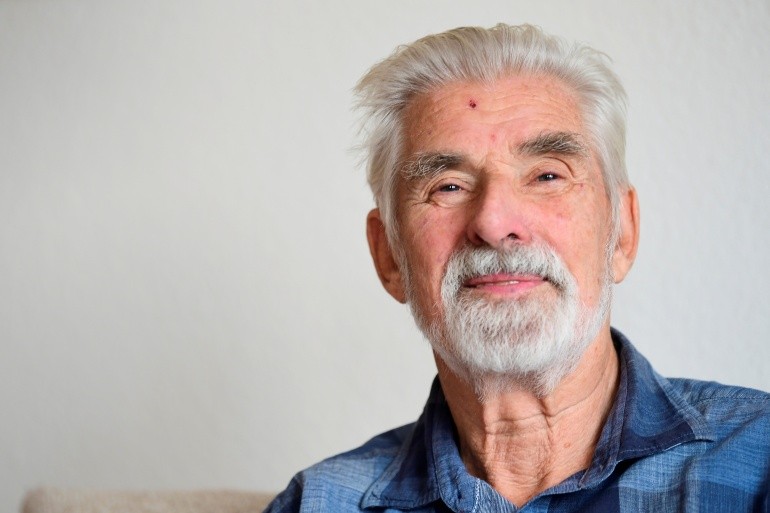 |
| Al Jazeera |
Initially following the Kaluza–Klein programme, he suggested that in a higher-dimensional generalization of general relativity there may exist stable vacuum solutions having the nature of solitons, which he calls metrons ("metric solitons"). The metrons also possess a "linear far-field region, which carries the classical gravitational and electromagnetic fields, as well as a high-frequency periodic field that satisfies the de Broglie dispersion relation."
The theory is claimed to reproduce gravitational and electroweak forces, along with spin, Bragg diffraction, the basics of atomic spectra, and the symmetries of the Standard Model.
Since so-called hidden variables are involved, the theory must deal with the Bell inequalities. Hasselmann does this by showing that the theory produces time reversal invariance at the subatomic level, and posits both advanced and retarded potentials, as proposed by Feynman and Wheeler.
In his most recent publication, in 2005, he was able to qualitatively reproduce the interference pattern observed in electron double-slit experiments. He was also considering reformulating his theory in four-dimensional spacetime, since the properties associated with the higher dimensions are oscillatory and can be represented as fiber bundles over a 4D Minkowski manifold. Hasselmann notes that substantial obstacles remain: beyond the task of actually calculating some stable metron solutions, the theory currently predicts a continuum of solutions rather than a discrete spectrum of particles, and future development will have to reproduce the highly accurate predictions of QFT.
Hasselmann hopes that his theory, which he is still developing, will eventually yield all particle properties and universal physical constants from first principles.
Although Hasselmann's metron papers have been published in peer reviewed journals (though not of first rank), they are not widely cited and following Hasselmann's own sentiments should be considered a serious, but quite speculative, attempt at an alternate formulation of reality.
"Once the theory is published in accepted journals, it will become either accepted or rejected. This is as it should be. I am not really concerned about the outcome, which is beyond my control."
Hasselmann met with unexpected resistance when he ventured into fundamental physics:
"I presented a talk at a physical colloquium in Oldenburg, and a couple of people sprung up afterwards and shouted that it was a scandal that somebody should give such a talk in a physical colloquium. It was almost a religious reaction. I felt I was in one of those pre-election political talk shows that sometimes get out of hand.
"I had not experienced such violent antagonism before. When I first presented the nonlinear wave interaction theory, people like Bill Pearson or Francis Bretherton emphatically said I was all wrong, but this was in the normal civilized framework of people being sceptical and arguing. And the established SAR experts were critical but not outright hostile when I trespassed in their area to develop a theory for the SAR imaging of ocean waves. Traditional economists also showed only mild irritation, or simply smiled condescendingly, when I came up with alternative economic models. I suppose there was never this feeling that I was attacking anybody's foundations. The Oldenburg hecklers were – I suspect somewhat frustrated – elementary particle physicists."
Klaus Hasselmann – Awards and Achievement
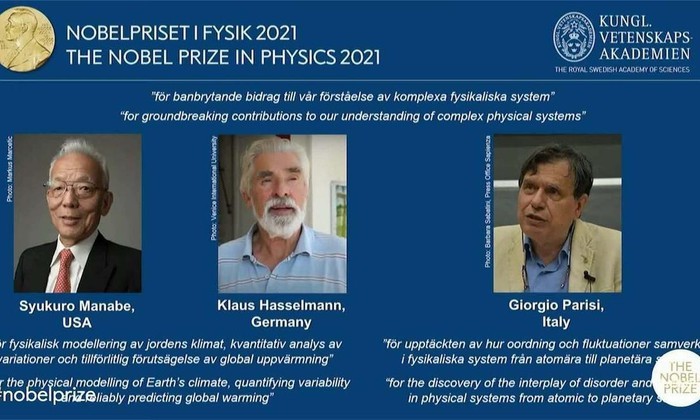 |
| Photo: The Nobel Prize 2021 |
January 1963: Carl Christiansen Commemorative Award
April 1964: James B. Macelwane Award of the American Geophysical Union
November 1970: Academic Award for Physics from the Academy of Sciences in Göttingen
January 1971: Sverdrup Medal of the American Meteorological Union
December 1981: Belfotop-Eurosense Award of the Remote Sensing Society
April 1990: Robertson Memorial Lecture Award of the US National Academy of Sciences
September 1990: Förderpreis für die Europäische Wissenschaft of the Körber-Stiftung,Hamburg
June 1993: Nansen Polar Bear Award, Bergen, Norway
December 1994: Oceanography Award sponsored by the Society for Underwater Technology, Portland, UK
March 1996: Oceanology International Lifetime Achievement Award
October 1996: Premio Italgas per la Ricerca e L'Innovazione 1996
May 1997: Symons Memorial Medal of the Royal Meteorological Society
November 1998: Umweltpreis 1998 der Deutschen Bundesstiftung Umwelt
May 1999: Karl-Küpfmüller-Ring der Technischen Universität Darmstadt
July 2000: Dr. honoris causa, University of East Anglia
April 2002: Vilhelm Bjerknes Medal of the European Geophysical Society
November 2005: Gold medal of the University of Alcala, Spain
August 2007: Achievement Award, International Meetings in Statistical Climatology, Beijing
Januar 2010: BBVA Foundation Frontiers of Knowledge Award
Physics Nobel Prize 2021 for Klaus HasselmannKlaus Hasselmann, founding Director of the Max Planck Institute for Meteorology, receives the Nobel Prize in Physics 2021 together with Syukuro Manabe (USA) and Giorgio Parisi (Italy). Klaus Hasselmann and Syukuro Manabe are honoured for their fundamental contributions to climate research, Giogio Parisi for his research on disordered materials and random processes. Klaus Hasselmann developed a model that linked together weather and climate, demonstrating how short-term phenomena such as precipitation are related to long-term developments such as ocean currents. This helped to explain why climate models can deliver reliable predictions despite short-term weather fluctuations. His methods have been used to prove that the increased temperature in the atmosphere is due to human emissions of carbon dioxide. The 89-year-old investigated human-made climate change and the greenhouse effect early on. "In 30 to 100 years, depending on how much fossil fuel we consume, we will face a very significant climate change. Climate zones will shift, precipitation will be distributed differently. Then we will no longer be able to talk about random results," he said in a 1988 interview. "We should realise that we are entering a situation where there is no turning back." The emeritus director at the MPI for Meteorology developed a model that links weather and climate, helping to answer the question of why climate models can be reliable despite changeable and chaotic weather. He also developed methods for identifying specific signals that natural phenomena and human activities imprint in the climate, demonstrating that increased atmospheric temperatures can be linked to human carbon dioxide emissions. Pioneer of Earth system scienceMartin Stratmann, President of the Max Planck Society, warmly congratulated Klaus Hasselmann on winning the Nobel Prize in Physics. "As the founding director of our Max Planck Institute for Meteorology, Hasselmann, together with his colleagues in Hamburg, as well as the scientists at the Max Planck Institute for Chemistry in Mainz, was instrumental in advancing Earth system science in Germany in the 1970s and 1980s and making it internationally relevant. The fact that this has resulted in two Nobel Prizes – the Nobel Prize for Chemistry to Paul Crutzen in 1995 and now, 26 years later, the Nobel Prize for Physics to Klaus Hasselmann – is a tremendous success for the Max Planck Society and at the same time confirms our sense of obligation to the continuance of climate research for the benefit of humanity." Nobel Prize in Physics for the second time in a rowAlready last year, a Max Planck scientist was honoured with the highest scientific award in physics. Reinhard Genzel, Director at the Max Planck Institute for Extraterrestrial Physics in Garching, received the Nobel Prize in Physics 2020 together with Roger Penrose and Andrea Ghez. The Royal Swedish Academy honoured the scientists for their research on black holes. As in the previous year, the Nobel Prizes are endowed with ten million Swedish kronor (about 980,000 euros) per category. The prestigious Nobel medals and diplomas are traditionally awarded on 10 December, the anniversary of the death of prize donor and dynamite inventor Alfred Nobel. |
 | Who is Singer V of BTS: Early Life, Career, Personal Life, Achievement Kim Tae-hyung (born December 30, 1995), also known by his stage name V, is a South Korean singer, songwriter, and actor. He is a vocalist ... |
 | Chancellor of Germany Angela Merkel: Biography, Personal Profile, Career Angela Merkel is a German politician best known as the first female chancellor of Germany and one of the architects of the European Union. |
 | Australian Prime Minister Scott Morrison: Biography, Personal Profile, Career Scott John Morrison is an Australian politician serving as the 30th and current prime minister of Australia. He assumed office in August 2018 upon his ... |
Recommended
 World
World
Pakistan NCRC report explores emerging child rights issues
 World
World
"India has right to defend herself against terror," says German Foreign Minister, endorses Op Sindoor
 World
World
‘We stand with India’: Japan, UAE back New Delhi over its global outreach against terror
 World
World
'Action Was Entirely Justifiable': Former US NSA John Bolton Backs India's Right After Pahalgam Attack
 World
World
US, China Conclude Trade Talks with Positive Outcome
 World
World
Nifty, Sensex jumped more than 2% in opening as India-Pakistan tensions ease
 World
World
Easing of US-China Tariffs: Markets React Positively, Experts Remain Cautious
 World
World


